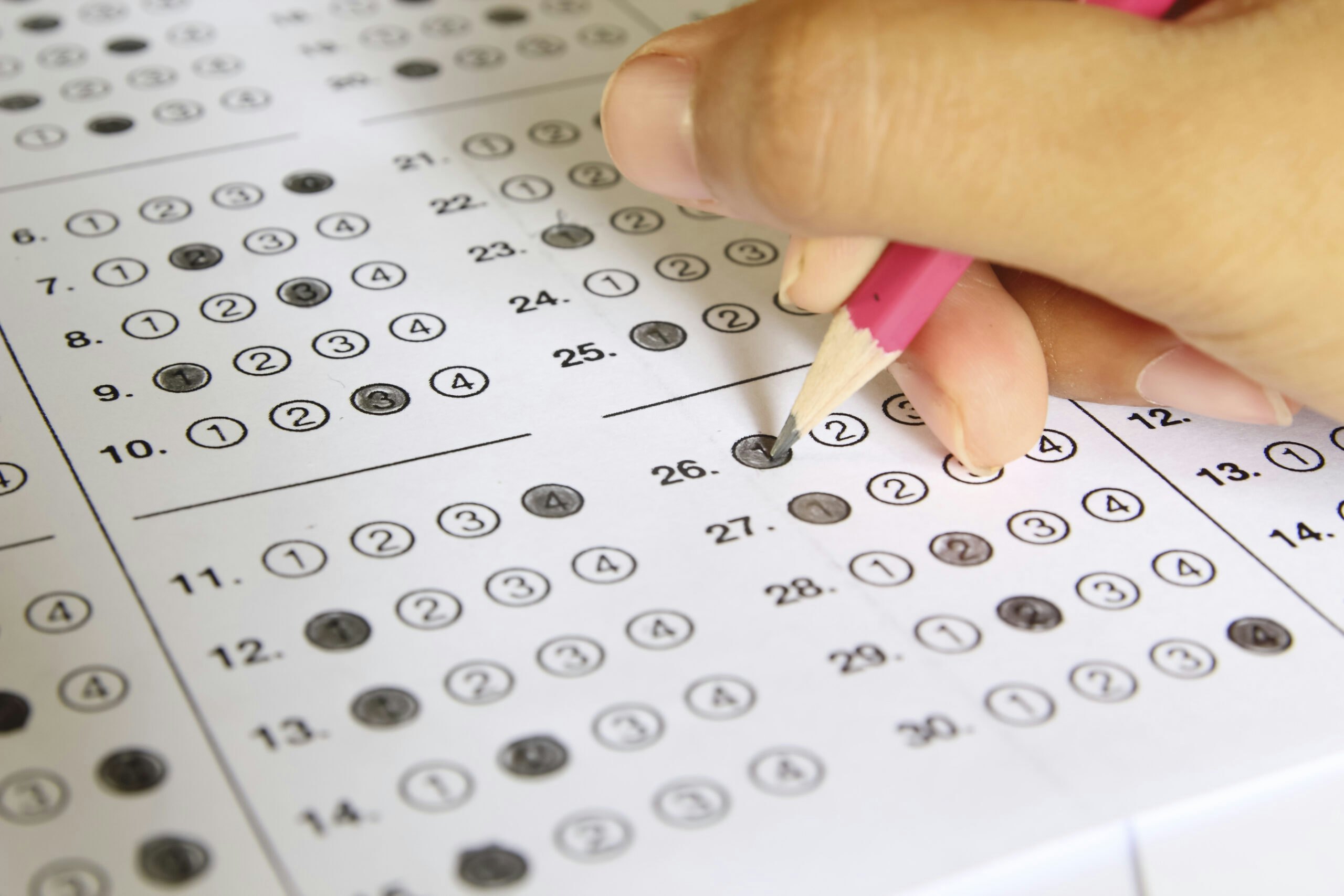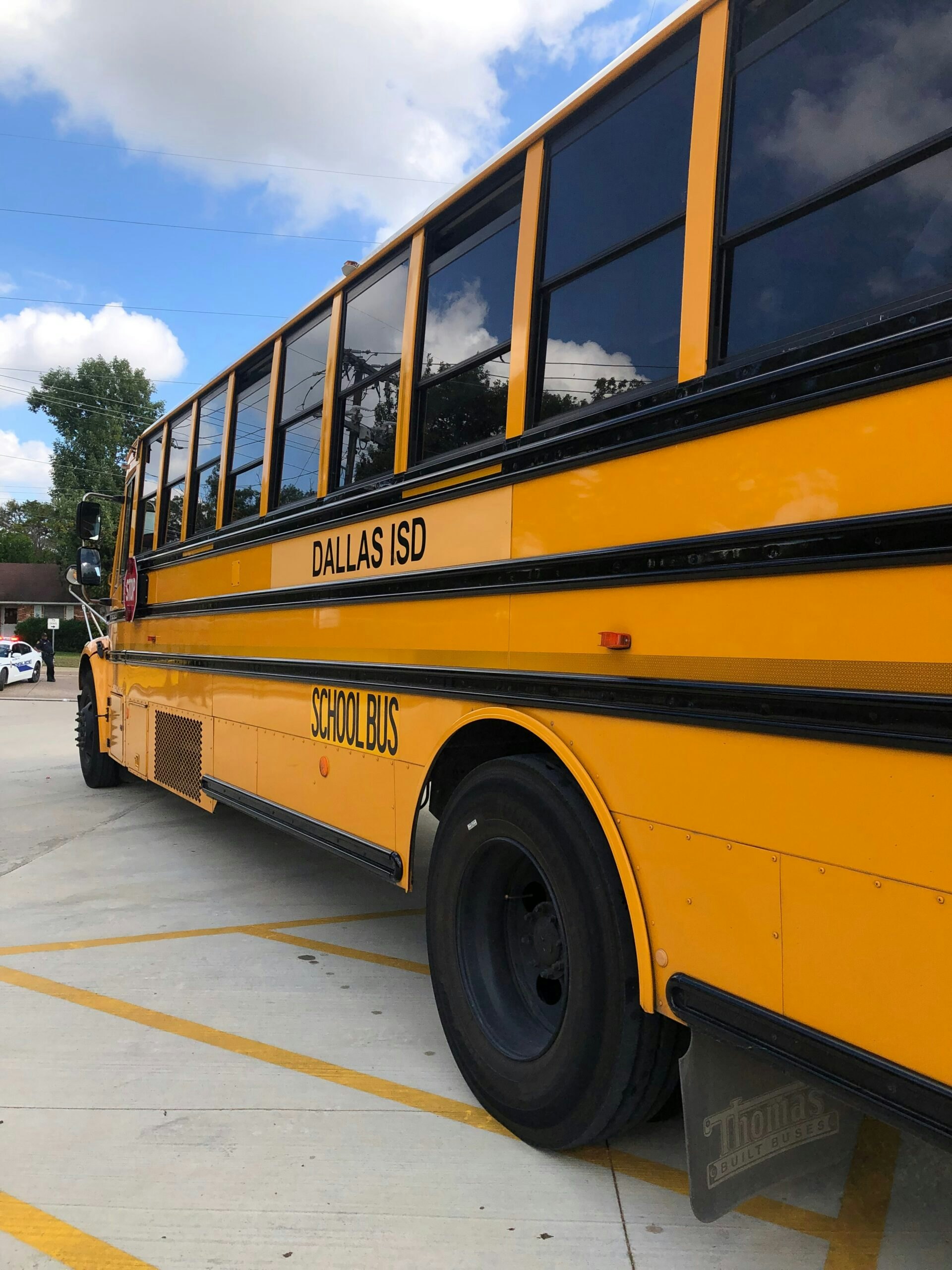As school districts have been forced to navigate a new frontier of online learning, some students are being left behind.
Brandi Karamali is the George W. Bush Institute Education Reform Initiative and Leadership Programs’ Assistant
The COVID-19 pandemic has shined a light on America’s education and digital divide – the gap between people who have sufficient knowledge of and access to technology and those who do not. Approximately 124,000 schools have shuttered, leaving more than 55 million school-aged children without a traditional school setting for the remainder of the academic year. School districts have been forced to navigate a new frontier – online learning via Zoom calls and Google classrooms. While these resources are available for a majority of students, there are still some left in the dark.
Pew research suggests that roughly 15 percent of households with school-aged children do not have access to the internet in the United States. Further data shows that internet disparities closely mirror other socioeconomic factors, namely poverty. Approximately one-third of these households’ income levels fall below $30,000 per year. This means that children living in a low-income household are about five times more likely to lack access to internet, compared to those in middle-income households. These disparities are glaring in Hispanic and African American households.
However, it’s not just internet access furthering the divide. Children from middle-class and affluent homes are more likely to have access to web-enabled devices such as tablets, laptops, or desktops, while their lower-income counterparts are less likely to have access to these devices. Additionally, most middle-class and affluent parents are able to work from home and can provide an educational structure to at-home learning and inherently create additional lessons outside of the “classroom” like having the children measure out ingredients for lunch or dinner.
Many parents of a low-income households are essential workers and unable to provide the same structure as parents who work from home. Without structure and additional resources, these children may fall even further behind.
Several school districts and organizations are doing their best to help shorten this gap. For example, Austin Independent School District deployed 110 WiFi-equipped school buses to neighborhoods and apartment complexes across the district, where the highest need for internet access were identified. Other school districts, such as Marion County in Florida, are offering WiFi in school parking lots for students who do not have access.
While this solves for connectivity issues, many students are still without laptops or tablets. Some school districts, like Austin ISD, had the resources to distribute these devices to students in need, and other districts received laptop donations for students. However, there are many school districts unable to provide a device to students. Some of the children are fortunate enough to at least share a device with a sibling or friend, but this cuts back on the amount of time a child has with the key tool connecting them to their education.
Additionally, some school districts have decided not to provide formalized education citing that the school district is unable to ensure equal access to resources. Parents are encouraged to visit the school districts website for example lesson plans to help teach their children at home.
To help students and parents, WideOpenSchool.org was created to provide free education and entertainment content for children. This site brings together a diverse group of companies to provide reliable resources for all school-aged children. It also provides links to help families find affordable devices, internet service, and food.
As school closures continue and with uncertainty on what the coming school year will look like, many students will continue to be left behind. There is a real need for school district leaders to focus on how to provide quality instruction and support to all kids, especially the students most vulnerable to the devastating impacts of the pandemic. Innovative solutions and brave leaders are emerging, and we all must support their efforts.



























